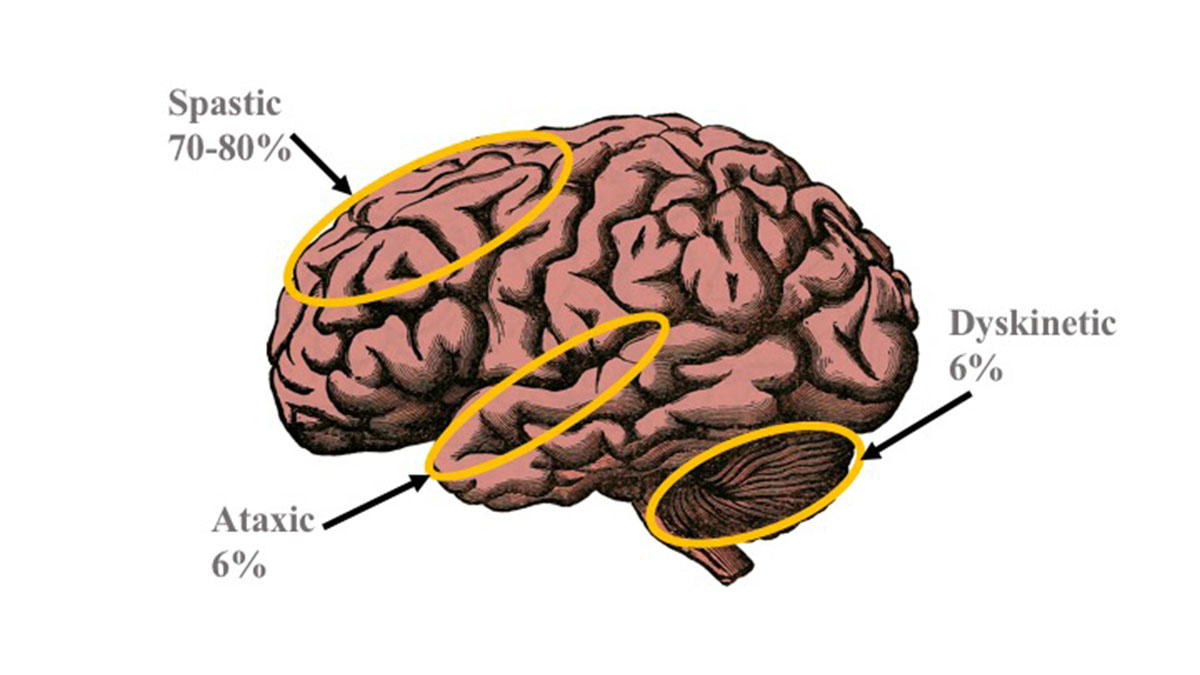
Cerebral palsy is a deviancy of the motor function. It is caused by brain damage occurring before birth. Also, it may be acquired in the first few months or years of life as the consequence of head trauma or infection. The motor system of the body gives the ability to move and control movements. This deviance in the motor system is the result of brain lesions that are non-developing. Cerebral paralysis is not communicable.
The main high-risk factors for cerebral palsy are premature birth, low birth weight, severe jaundice, bleeding in the brain, brain infections (encephalitis, herpes simplex and meningitis infections), infections that the mother might have during pregnancy. Sometimes, brain damage occurs from asphyxia (low level of oxygen).
Cerebral palsy is characterized by a disability to control motor function well, especially muscle control and coordination. Depending on the parts of the brain which have been affected, people with cerebral palsy may experience gait disorders, abnormal sensation and perception, involuntary movement and difficulty in speaking or hearing.
Depending on the type of movement disorder, doctors make several groups of cerebral paralysis. Spastic hemiplegia/hemiparesis is a type of cerebral palsy that is related to the arm and hand on one side of the body, but it can also include the leg.
Spastic diplegia/diparesis is a type of cerebral palsy where muscle stiffness is primarily felt in the legs and less intensely in the arms and face, although the hands may be clumsy. Persons with this type of palsy may need a walker or leg braces.Spastic quadriplegia/quadriparesis is often connected with moderate-to-severe mental retardation. Walking is rarely possible.Slow and uncontrollable writhing motions of the hands, feet, arms, or legs are characteristics of the dyskinetic cerebral palsy.
Ataxic cerebral palsy affects balance and depth perception. Cerebral Palsy is difficult to diagnose at birth.In order to make a diagnosis, the doctor will perform a full physical exam by evaluating a child’s motor skills and taking an intensive and thorough look at their medical history.
The doctor tests a child\'s reflexes too. Brain defect, cysts and underdevelopment will be visible on a CT scan. Other neuroimaging methods are magnetic resonance imaging scan and cranial ultrasound. Although cerebral palsy cannot be cured, treatment will probably improve a child\'s capabilities. However, there is no standard therapy so it must be adapted for each person.
Treatment of cerebral palsy may consist of physical therapy, emotional counseling, speech and language therapy, surgery, drug therapy and occupational therapy. Also, there are some methods which proved to be successful in treating cerebral palsy and among them are Botox injections, the baclofen pump and a surgery called selective dorsal rhizotomy.






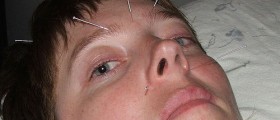
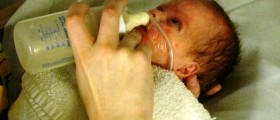


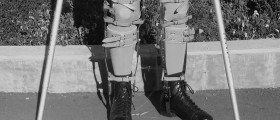


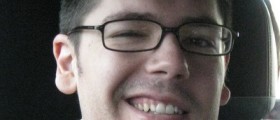


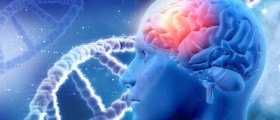
Your thoughts on this
Loading...